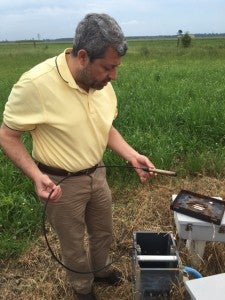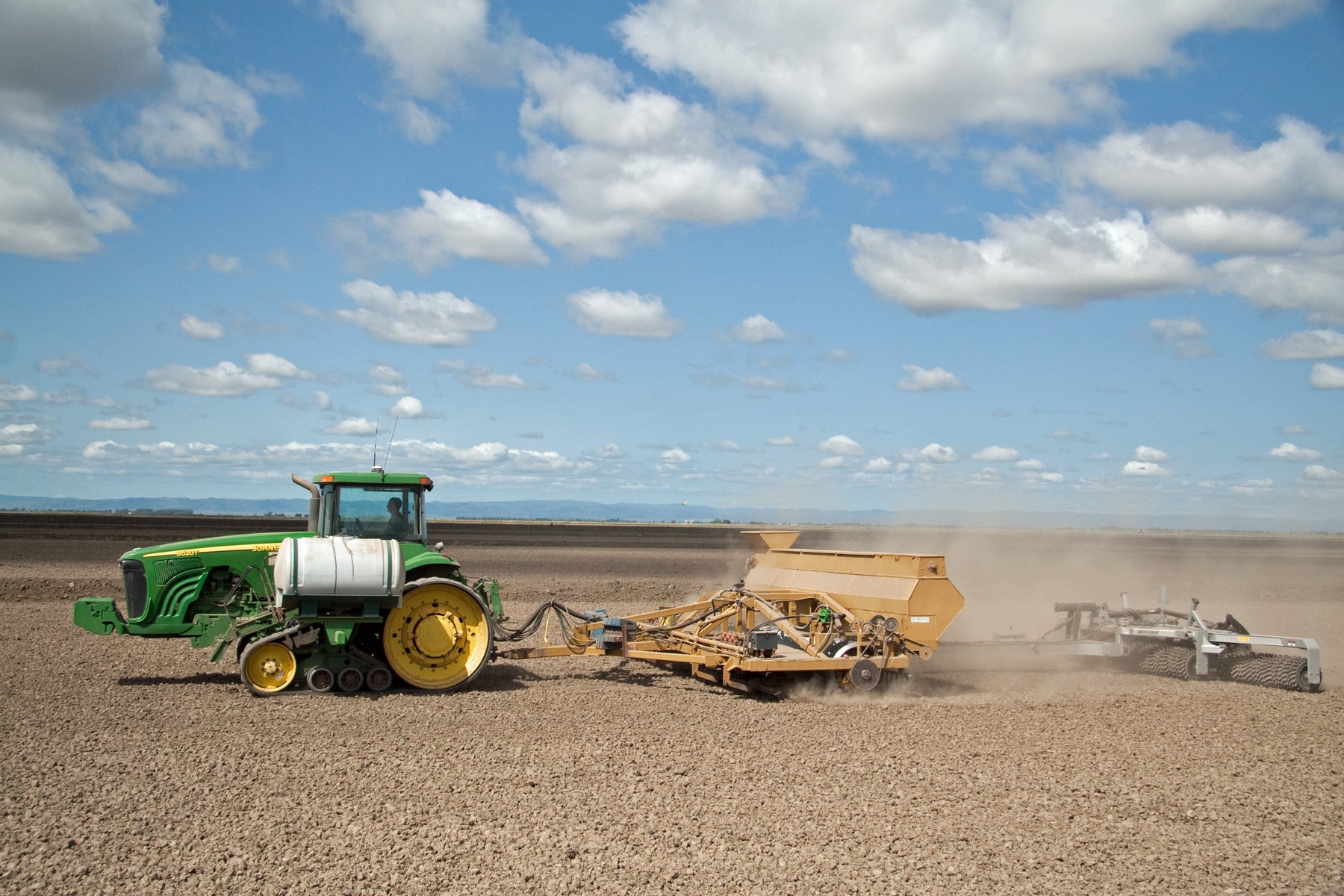Hurricane Florence caused more than $1.1 billion in agricultural losses, according to the latest estimates from the North Carolina Department of Agriculture and Consumer Services. Row crop losses total nearly $990 million. Livestock, poultry and aquaculture damages total $23 million, and include the deaths of 4.1 million chickens and 5,500 hogs.
Many farmers and friends have confided to me that flooding from Florence has been worse than the flooding caused by Hurricane Floyd, which until now had been North Carolinians’ point of reference for agricultural devastation wrought by too much water. Florence also followed on the heels of 2016’s Hurricane Matthew, which caused flooding that many communities in North Carolina’s coastal plains had only just recovered from.
The losses for farmers, their families and rural communities are staggering. This devastation underscores the need for action. Solutions exist to help the agricultural sector build resilience and long-term prosperity, but the private and public sectors can’t delay implementing them any longer. Read More










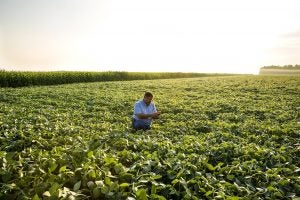

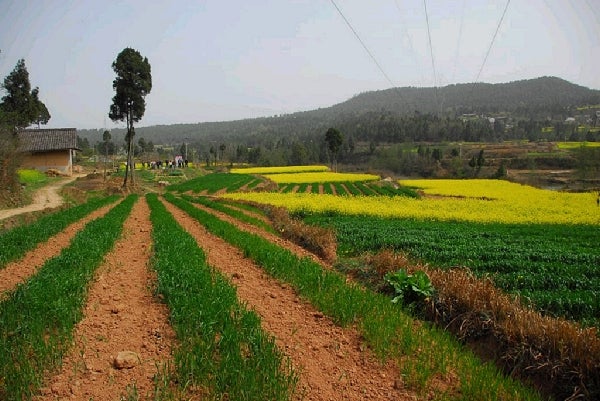

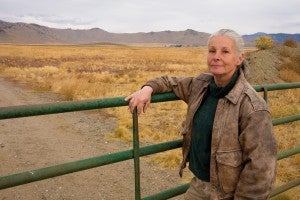 Nearly one-third of U.S. farmers are women, yet their contributions aren’t well known. The Rise of Women Farmers and Sustainable Agriculture, a new book from the University of Iowa press, aims to change this.
Nearly one-third of U.S. farmers are women, yet their contributions aren’t well known. The Rise of Women Farmers and Sustainable Agriculture, a new book from the University of Iowa press, aims to change this.